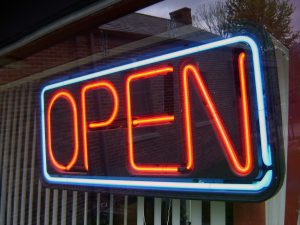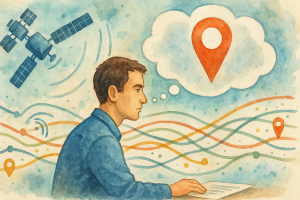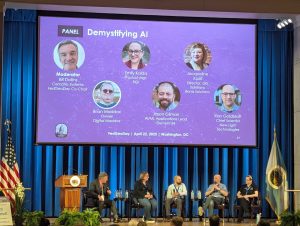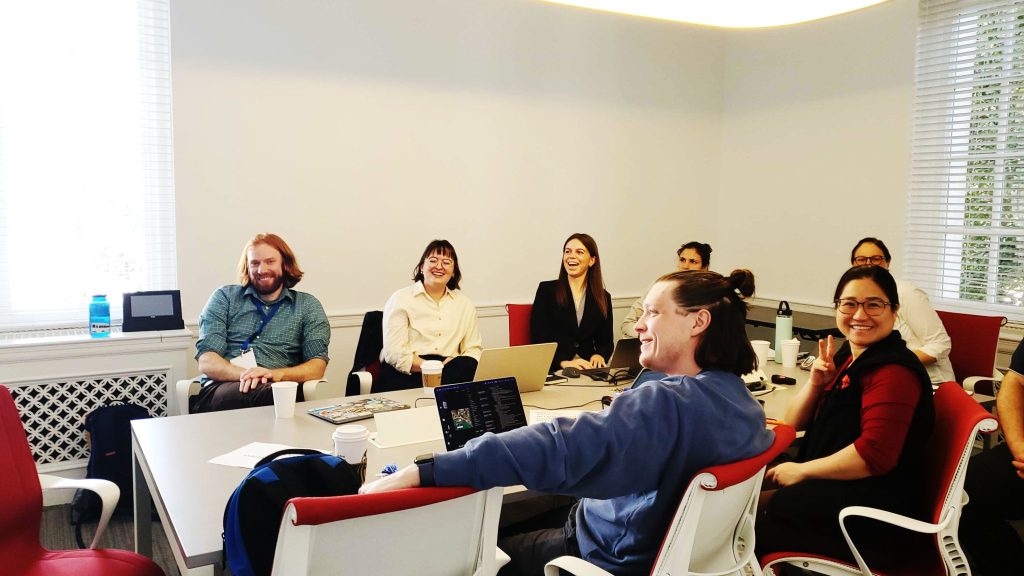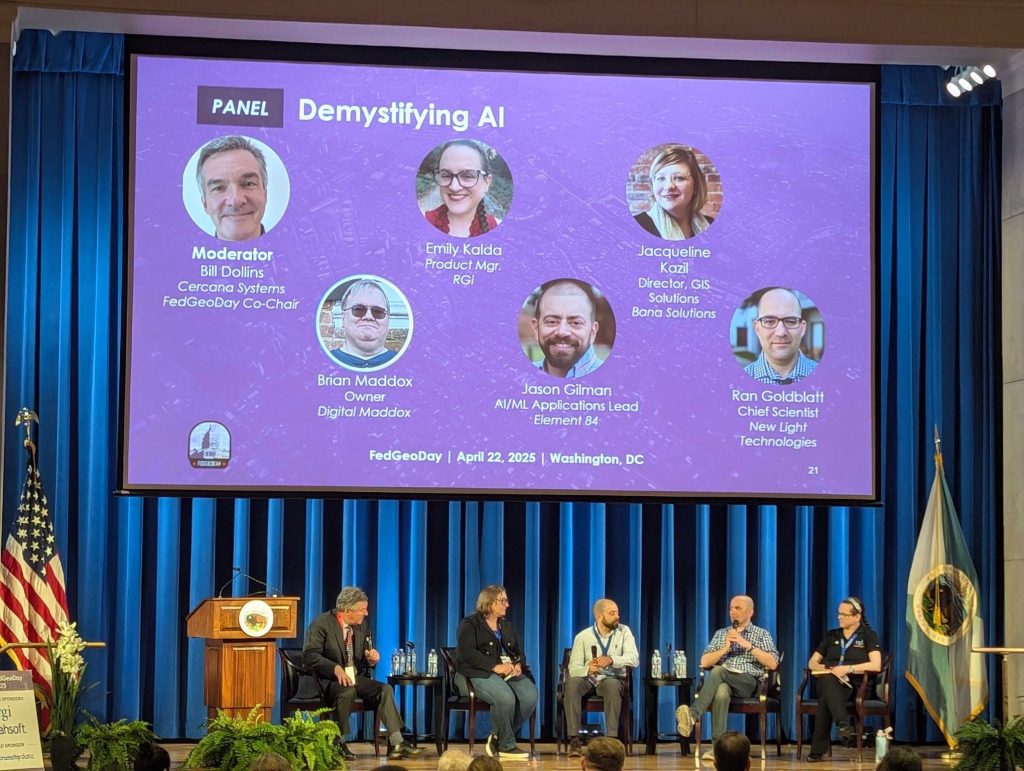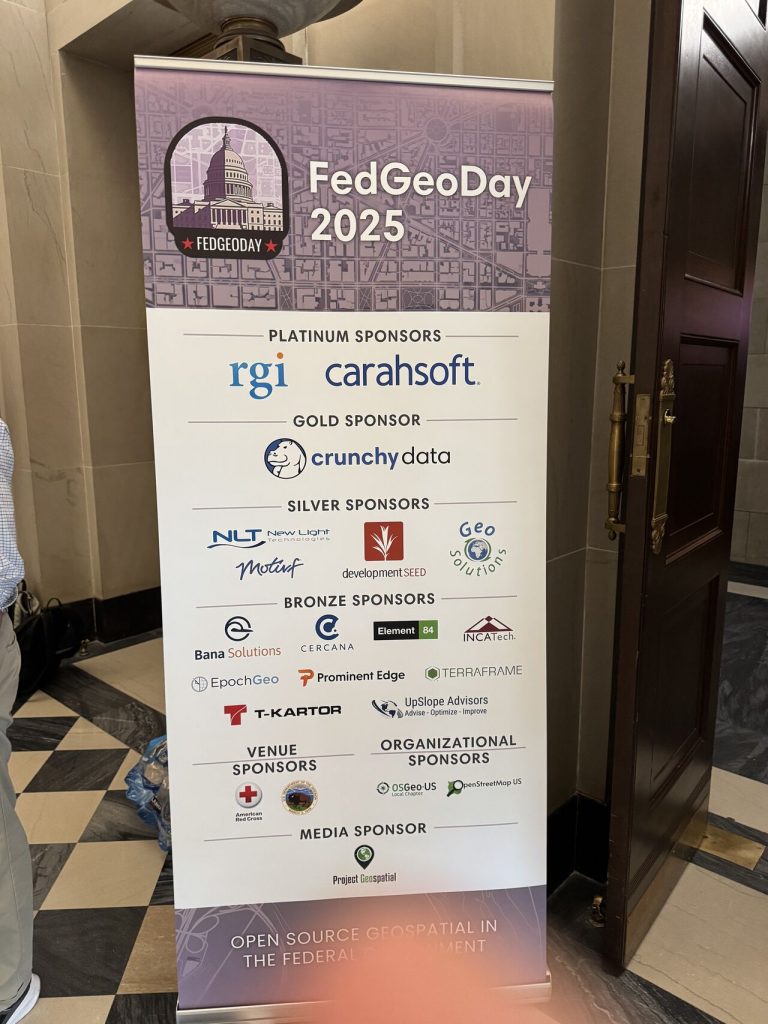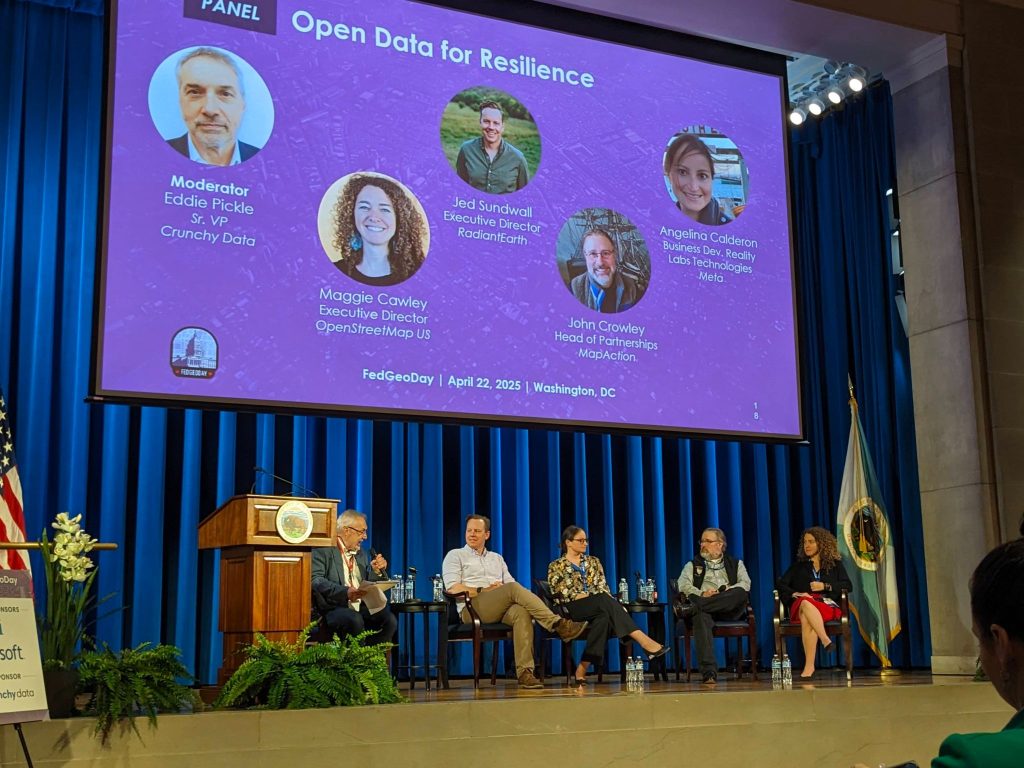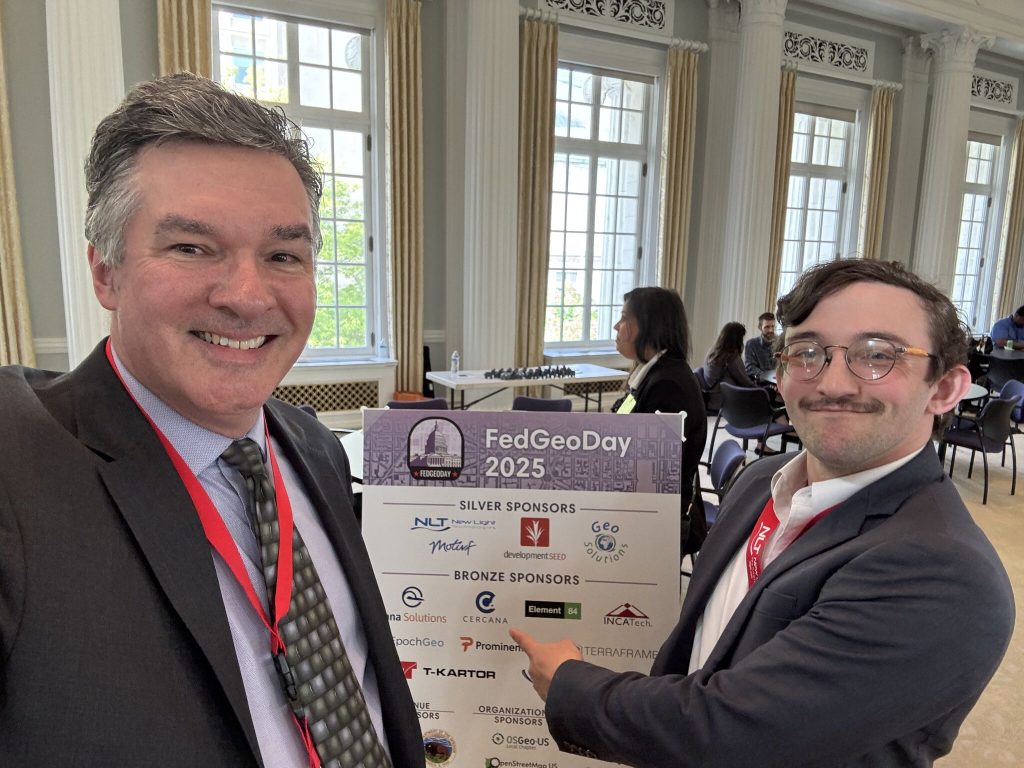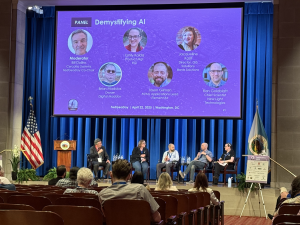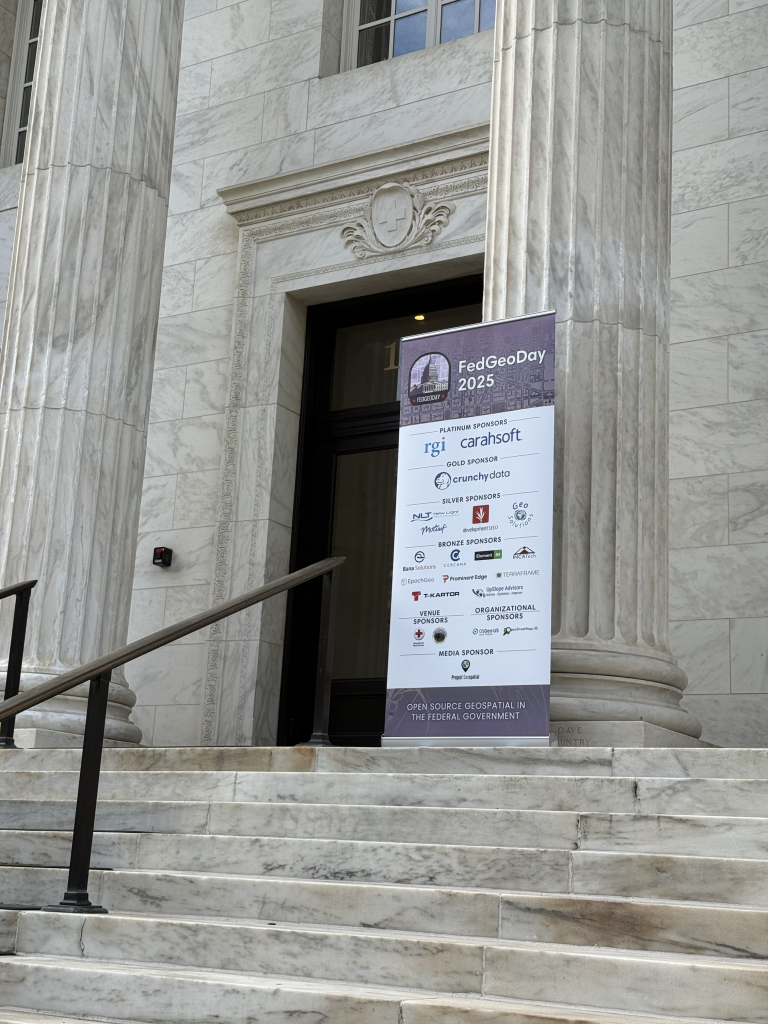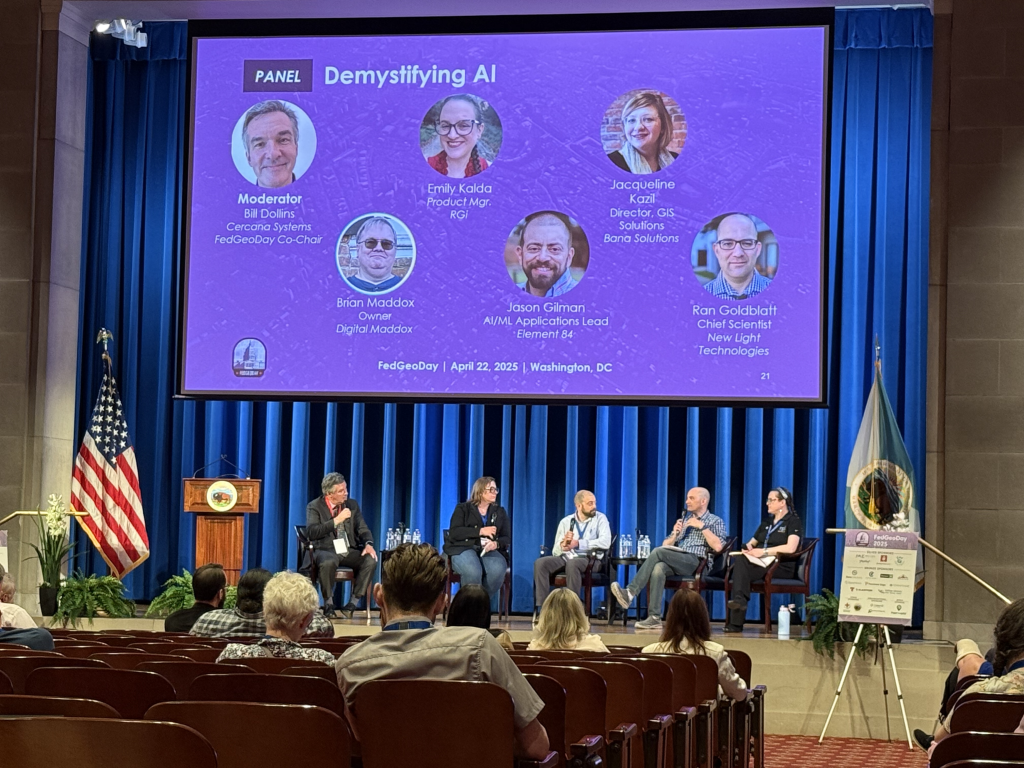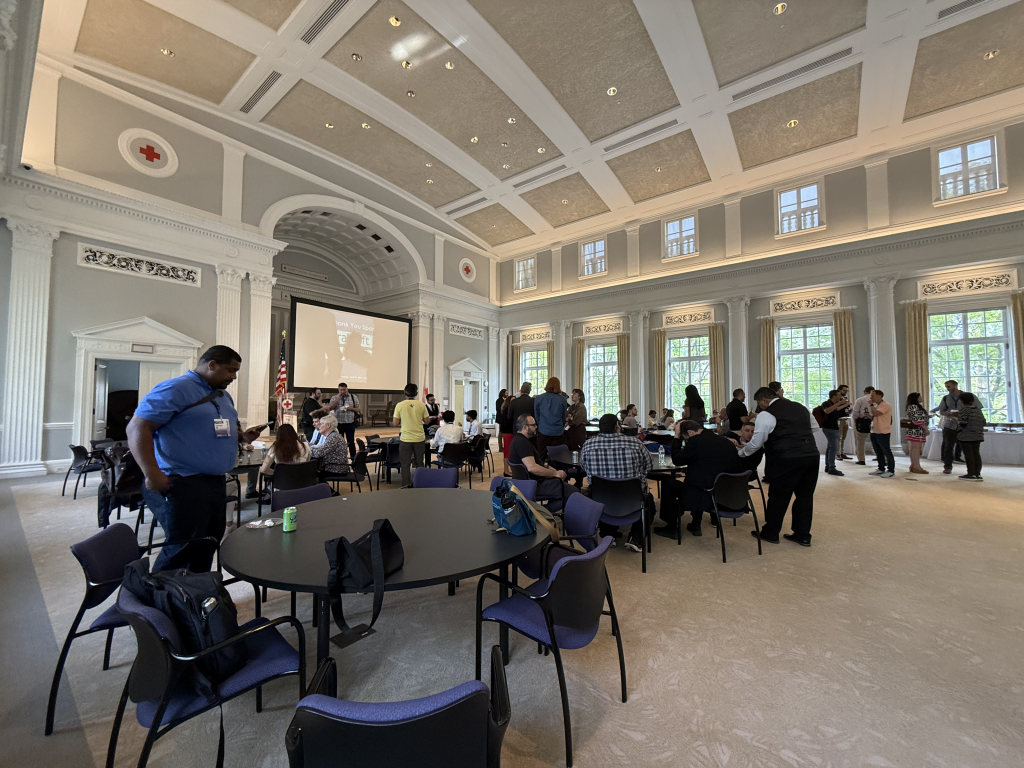Introduction
The word “open” gets used so often in tech that it starts to feel universal, like everyone must be talking about the same thing. But once you listen closely, it becomes obvious that different groups mean very different things when they say it. A software engineer is thinking about readable source code and licenses. Someone who works with data is thinking about public portals and Creative Commons. People in AI might be picturing model weights you can download even if you can’t see how the model was trained. And increasingly, someone might just mean information that’s publicly visible online, such as social media posts, ship trackers, or livestreams, without any license at all.
None of these interpretations are wrong. They just grew out of different needs. Openness meant one thing when it applied to code, something else entirely when governments began releasing public data, and now it’s shifting again as AI models enter the mix. Meanwhile, the rise of OSINT has blurred things further, with “open” sometimes meaning nothing more than “accessible to anyone with an internet connection.”

The result is that modern systems combine pieces from all these traditions and people often assume they’re aligned when they’re not. The friction shows up not because anyone misunderstands the technology, but because the language hasn’t kept up with how quickly the idea of openness has expanded.
Open-Source Software
In terms of software, “open” means open-source. In that context it has a clear meaning. You can read the code, change it, and share it as long as you follow the license. That predictability is a big part of why the movement grew. People understood the rules and trusted that the rules would hold.
But the full spectrum of open-source shows up in the habits and culture around it. Communities develop their own rhythms for how to submit a pull request, file a useful bug report, talk through disagreements, and decide which features or fixes make it into a release. None of that comes from a license. People learn it by watching others work, answering questions in long issue threads, or showing up in mailing lists and channels where projects live.
There’s also an unspoken agreement inside open-source software. If a project helps you, you try to help it back. Maybe you fix a typo, or you donate, or you answer someone else’s question. It’s not required, but it’s how projects stay healthy.
Anyone who has maintained an open-source project knows it isn’t glamorous. It can be repetitive, sometimes thankless, and often demanding. Good maintainers end up juggling technical decisions, community management, and the occasional bit of diplomacy.
All this shapes a shared understanding of what openness means in software. People think not just about reading code, but about the whole ecosystem built around it: contribution paths, governance models, release practices, and the blend of freedom and responsibility that holds everything together.
Once the idea of openness moved beyond software, that ecosystem didn’t necessarily apply. As other fields developed their own approaches to openness, patterns and practices evolved in alignments with each unique domain.
Open Data
Open data developed along its own path. Instead of code, publishers released information about the world: transit schedules, land use maps, environmental readings, census tables. The goal was simple: make public data easier to access so people could put it to use.
Because software licenses didn’t fit, data and content licenses such as Creative Commons were developed. CC BY and CC0 became common. Open Data Commons created specialized database licenses—ODbL added share-alike requirements specifically for databases, while PDDL offered a public domain dedication. You can see the differences in well known datasets. OpenStreetMap’s ODbL means derived data often has to stay open and always require attribution. USGS datasets, which are mostly public domain, are easy to fold into commercial tools. City transit feeds under CC BY only ask for attribution.
Privacy concerns complicate open data, which isn’t exempt from GDPR, CCPA, or similar laws. Even seemingly innocuous data can reveal personal information—location datasets showing frequent stops at specific addresses, or timestamped transit records that establish movement patterns. Many publishers address this through aggregation, anonymization, or by removing granular temporal and spatial details, but anyone working with open data still ends up checking metadata, tracking where files came from, and thinking about what patterns a dataset might reveal.
Open Source Information (OSINT)
Open-source Intelligence (OSINT) is an overlapping but different concept from open data. Information is considered “open” in OSINT because anyone can access it, not because anyone has the right to reuse it. A ship tracker, a social media post, a livestream from a city camera are examples of data that may fall into this category.
These sources vary widely in reliability. Some come from official databases or verified journalism. Others come from unvetted social media content, fast-moving crisis reporting, or user-generated material with no clear provenance. OSINT analysts rely heavily on validation techniques such as correlation, triangulation, consensus across multiple sources, and structured analytic methods.
While OSINT has deep roots in government intelligence work, it is now widely practiced across sectors including journalism, cybersecurity, disaster response, financial services, and competitive intelligence. Marketing technologies have expanded OSINT further into the private sector, making large-scale collection and analysis tools widely accessible.
Confusion can arise when open data and OSINT are treated as interchangeable. Someone may say they used open data, meaning a licensed dataset from a government portal. Someone else hears open and assumes it means scraping whatever is publicly visible.
This distinction matters because the two categories carry fundamentally different permissions and obligations. Open data comes with explicit rights to reuse, modify, and redistribute—legal clarity that enables innovation and collaboration. OSINT, by contrast, exists in a gray area where accessibility doesn’t imply permission, and users must navigate copyright, privacy laws, and terms of service on a case-by-case basis.
Understanding this difference isn’t just semantic precision; it shapes how organizations design data strategies, assess legal risks, and build ethical frameworks for information use. When practitioners clearly specify whether they’re working with licensed open data or publicly accessible OSINT, they help prevent costly misunderstandings and ensure their work rests on solid legal and ethical foundations.
Open AI Models
In AI, openness takes on another meaning entirely. A model is more than code or data. It’s architecture, training data, weights, and the training process that binds everything together. So when a model is described as open, it’s natural to ask which part is actually open.
You see the variety in projects released over the past few years. Some groups publish only the weights and keep the training data private. Meta’s Llama models fall into this category. You can download and fine tune them, but you don’t see what went into them. Others release architectural details and research papers without sharing trained weights—early transformer work from Google and OpenAI showed the approach without providing usable models. GPT-NeoX took a middle path, releasing both architecture and weights but with limited training data transparency.
A few projects aim for full transparency. BLOOM is the most visible example, with its openly released code, data sources, logs, and weights. It took a global effort to pull that off, and it remains the exception, though projects like Falcon and some smaller research models have attempted similar transparency.

This partial openness shapes how people use these models. If you only have the weights, you can run and fine tune the model, but you can’t inspect the underlying data. When the training corpus stays private, the risks and biases are harder to understand. And when licenses restrict use cases, as they do with Llama’s custom license that prohibits certain commercial applications, or research-only models like many academic releases, you might be able to experiment but not deploy. Mistral’s models show another approach—Apache 2.0 licensing for some releases but custom licenses for others.
The idea of contribution looks different too. You don’t patch a model the way you patch a library. You build adapters, write wrappers, create LoRA fine-tunes, or train new models inspired by what came before. Openness becomes less about modifying the original artifact and more about having the freedom to build around it.
So in AI, open has become a spectrum. Sometimes it means transparent. Sometimes it means accessible. Sometimes it means the weights are downloadable even if everything else is hidden. The word is familiar, but the details rarely match what openness means in software or data.
Real World Considerations
These differences are fairly straightforward when they live in their own domains. Complexity can arise when they meet inside real systems. Modern projects rarely stick to one tradition. A workflow might rely on an open-source library, an open dataset, publicly scraped OSINT, and a model with open weights, and each piece brings its own rules.
Teams can run into this without realizing it. Someone pulls in an Apache-licensed geospatial tool and combines it smoothly with CC BY data. These work fine together. But then someone else loads OpenStreetMap data without noticing the share-alike license that affects everything it touches. A third person adds web-scraped location data from social media, not considering the platform’s terms of service or privacy implications. A model checkpoint from Hugging Face gets added on top, even though the license limits commercial fine-tuning. Most of these combinations are manageable with proper documentation, but some create real legal barriers.
Expectations collide too. A software engineer assumes they can tweak anything they pull in. A data analyst assumes the dataset is stable and comes with clear reuse rights. An OSINT analyst assumes publicly visible means fair game for analysis. Someone working with models assumes fine-tuning is allowed. All reasonable assumptions inside their own worlds, but they don’t line up automatically.
The same thing happens in procurement. Leadership hears open and thinks it means lower cost or fewer restrictions. But an open-source library under Apache is not the same thing as a CC BY dataset, neither is the same as scraped public data that’s accessible but not licensed, and none of those are the same as an open-weight model with a noncommercial license.
Geospatial and AI workflows feel these tensions even more. They rarely live cleanly in one domain. You might preprocess imagery with open-source tools, mix in open government data, correlate it with ship tracking OSINT, and run everything through a model that’s open enough to test but not open enough to ship. Sometimes careful documentation and attribution solve the problem. Other times, you discover a share-alike clause or terms-of-service violation that requires rethinking the entire pipeline.
This is when teams slow down and start sorting things out. Not because anyone did something wrong, but because the word open did more work than it should have and because “publicly accessible” got mistaken for “openly licensed.”
Clarifying Open
A lot of this gets easier when teams slow down just enough to say what they actually mean by open. It sounds almost too simple, but it helps. Are we talking about open code, open data, open weights, open access research, or just information that’s publicly visible? Each one carries its own rules and expectations, and naming it upfront clears out a lot of the fog.
Most teams don’t need a formal checklist, though those in regulated industries, government contracting, or high-stakes commercial work often do. What every team needs is a little more curiosity about the parts they’re pulling in—and a lightweight way to record the answers. If someone says a dataset is open, ask under what license and note it in your README or project docs. If a model is open, check whether that means you can fine-tune it, use it commercially, or only experiment with it—and document which version you’re using, since terms can change. If a library is open-source, make sure everyone knows what the license allows in your context. If you’re using publicly visible information—social media posts, ship trackers, livestreams—be clear that this is OSINT, not licensed open data, and understand what legal ground you’re standing on.
These questions matter most at project boundaries: when you’re about to publish results, share with partners, or move from research to production. A quick decision log—even just a shared document listing what you’re using and under what terms—prevents expensive surprises. It also helps when someone new joins the team or when you revisit the project months later.
The more people get used to naming the specific flavor of openness they’re dealing with and writing it down somewhere searchable, the smoother everything else goes. Projects move faster when everyone shares the same assumptions. Compliance reviews become straightforward when the licensing story is already documented. Teams stop discovering deal-breakers right when they’re trying to ship something. It’s not about being overly cautious or building heavy process. It’s just about giving everyone a clear, recorded starting point before the real work begins.
Conclusion
If there’s a theme running through all of this, it’s that the word open has grown far beyond its original boundaries. It meant one thing in software, something different in the world of public data, another in AI, and gets stretched even further when people conflate it with simply being publicly accessible. Each tradition built its own norms and expectations, and none of them are wrong. They just don’t automatically line up the way people sometimes expect.
Most of the friction we see in real projects doesn’t come from bad decisions. It comes from people talking past one another while using the same word. A workflow can look straightforward on paper but fall apart once you realize each component brought its own version of openness, or that some parts aren’t “open” at all, just visible. By the time a team has to sort it out, they’ve already committed to choices they didn’t realize they were making.
The good news is that this is manageable. When people take a moment to say which kind of open they mean, or acknowledge when they’re actually talking about OSINT or other public information, everything downstream gets smoother: design, licensing, procurement, expectations, even the conversations themselves. It turns a fuzzy idea into something teams can actually work with. It requires ongoing attention, especially as projects grow and cross domains, but the effort pays off.
Openness is a powerful idea, maybe more powerful now than ever. But using it well means meeting it where it actually is, not where we assume it came from.
At Cercana Systems, we have deep experience with the full open stack and can help you navigate the complexities as you implement open assets in your organization. Contact us to learn more.
Header image credit: Aaron Pruzaniec, CC BY 2.0 https://creativecommons.org/licenses/by/2.0, via Wikimedia Commons

